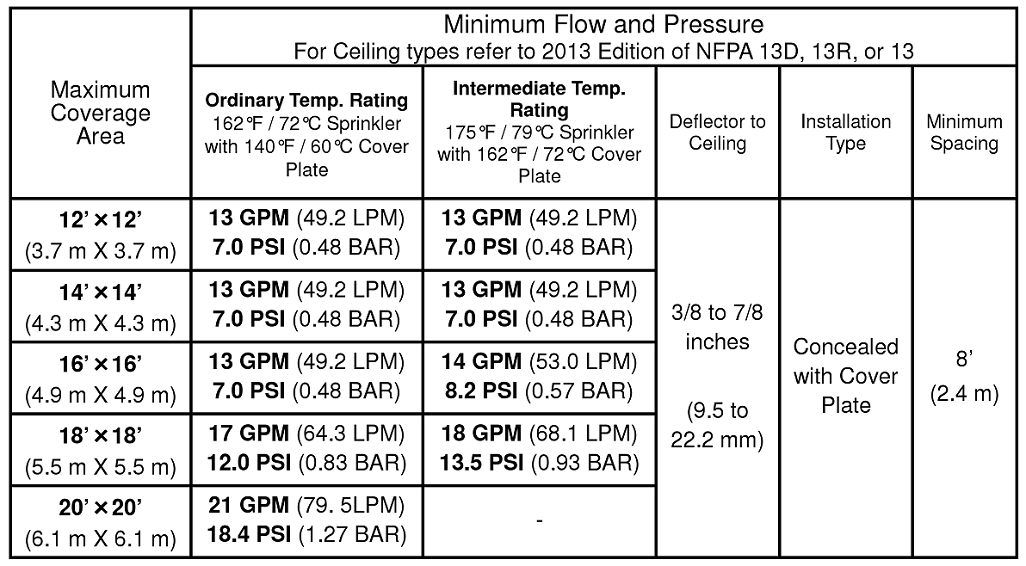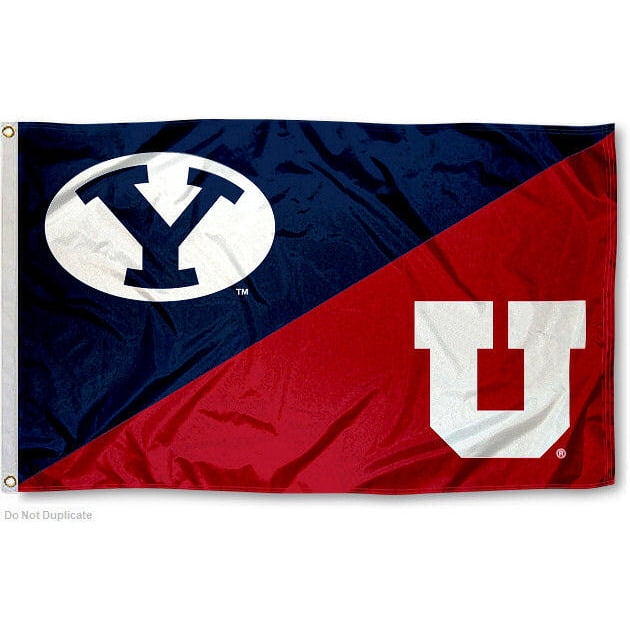

It doesn’t dissipate as quickly as most other gases would, like CO 2 or others. “So the nice thing about nitrogen is, because our natural atmosphere has nitrogen in it, it becomes very buoyant. “Plus, there’s an expensive cost every time you have to do a fan test if you fail the first couple times. “Oftentimes in a retrofit application, where they’re maybe converting a space, it can often be costly and challenging to get the tight room integrity to be able to pass the fan test,” says Daniel Edinger, Victaulic fire protection specialist. Using nitrogen, specifically, allows the system to work without ensuring room integrity. You use much less of either of the contributing factors.”įor BYU, this means no chemical- or water-damage concerns for the building’s objects, and oxygen levels are not being lowered to a point where there is immediate danger to life. By putting them together you’re combining them into the fog. “So the amount of water we put in there is minimal, but it has a very maximal affect. “When you have that many water droplets, billions of water droplets, you have a lot more surface area than a regular water droplet from a sprinkler,” Owens says.

The water droplets remain suspended in the air after discharge, similar to a cloud. Ten microns is about the diameter of a spider’s web.

The Vortex system avoids water damage to the building or its contents by atomizing the water into tiny, sub-10-micron droplets, Victaulic applications engineer Steve Owens points out. But by adding water, the system attacks the heat, in addition to the oxygen, meaning less nitrogen is needed to extinguish the fire. Using just inert gasses like nitrogen to fight a fire often requires reducing oxygen levels below safety for human occupancy, and it requires sealing the room. In the event of a fire, the third leg, fuel, would include the collection’s books and highly flammable nitrate film if there was no fire protection system. The Vortex system mixes nitrogen with atomized water particles, attacking the oxygen and heat legs of the basic fire triangle.

It wasn’t going to have a high-pressure release that was going to cause damage to articles in the room.”įire requires fuel, oxygen and heat. “It wasn’t going to spray chemicals all over the room. “It’s not a high-pressure system, so it wasn’t going to ruin anything if it did have a discharge,” he says. AAA Vice President of Sales Matt Lauritzen notes the firm encouraged BYU to use the Vortex system because of its ability to stop fires without using large amounts of water or chemicals, and the room integrity requirements are not as strict, he says. It hired AAA Fire Safety & Alarm of Layton, Utah as the contractor for the project, and the firm recommended the Victaulic Vortex hybrid fire-extinguishing system.
#Byu fire sprinkler system design criteria update
Such a collection provides an obvious challenge for many traditional fire protection systems - how do you stop a fire without dousing fragile books with water, or coating the objects with damaging chemicals?īYU decided it needed to update the system in the vaults after a false discharge in another building caused damage. The vaults are home to irreplaceable items, such as a piece of papyrus with scholarly notes from early Christianity, to more modern treasures such as the original manuscript of “Gone with the Wind.” Lee Library sit the Special Collections vaults, containing the university’s most valued and cherished historic texts, artifacts and film. “When you have that many water droplets, billions of water droplets, you have a lot more surface area than a regular water droplet from a sprinkler,” Steve Owens – Victaulic Applications Enginnerīelow the normal stacks in BYU’s Herald B.


 0 kommentar(er)
0 kommentar(er)
